#akkadian
Text
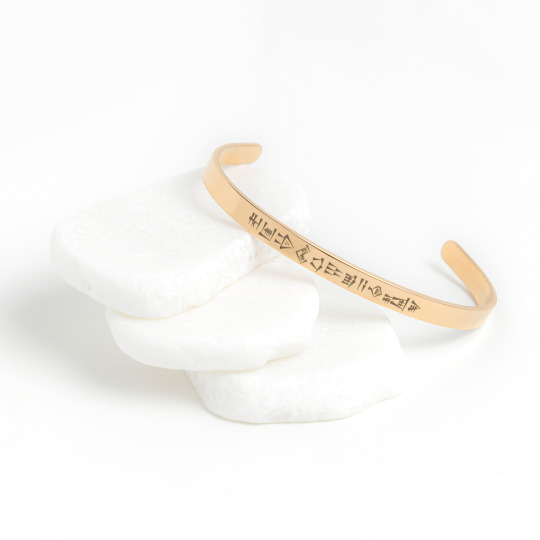
Down a Rabbit Hole I Went
I screwed up. I didn't think that using an ancient language on a piece of tumblr merch was necessary but I forgot what site I was on :) . This is tumblr, of course it has to be in linguistically accurate cuneiform.
I went and hired an expert on Ancient Semitic Languages and Cultures. There aren't as many as you'd think that are willing to translate text for an internet gag so I'm so happy I found Paul.

Notes on the translation from the translator:
I used the ventive suffix on the imperative "give (rib+am)" which is a special feature of Akkadian that indicates the motion of direction. It makes it a little bit more authentic. The longer version actually includes the words "to me (ana iasim)", but a typical Akkadian speaker probably wouldn't have needed to say that.
Also, for the word "money" I used the Sumerian (KUG.BABBAR) instead of spelling out the Akkadian, because that was a common feature in Akkadian scribal writing.
For the font I was happily surprised that Google has a Cuneiform font, so not only is it correct but it looks pretty neat too.
Right now you can buy both versions in the shop but cuneiform version won't ship for a week or so as I have to order new stock with the new design.
22K notes
·
View notes
Text

Gold and lapis lazuli cylinder seal, Akkadian, circa 2200-2100 BC
from The British Museum
973 notes
·
View notes
Text


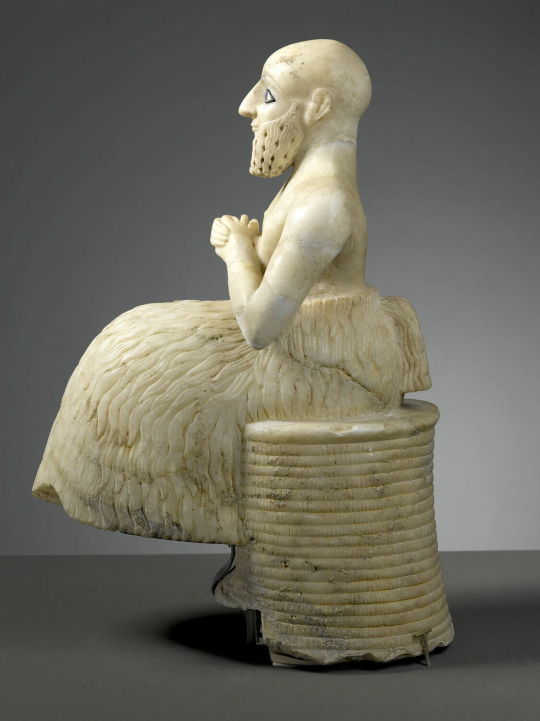
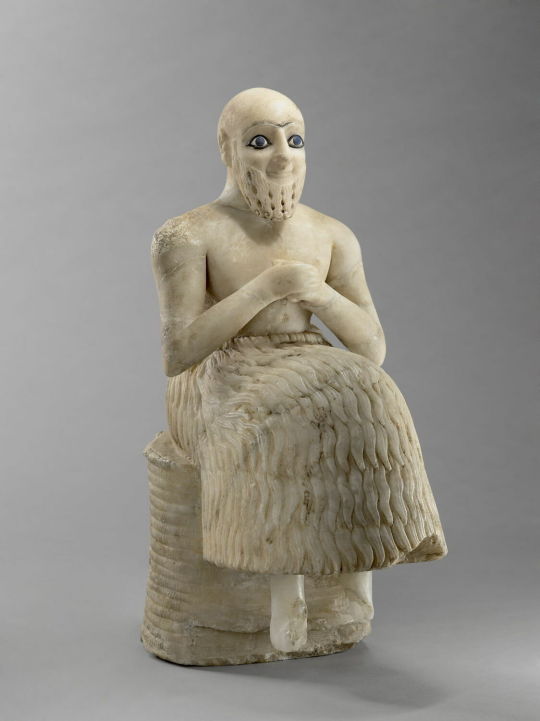

~ Statue of the intendant Ebih-Il.
Place of discovery: Mari temple of Ishtar courtyard 20
Date: 2500-2340 B.C.
Period: Archaic dynasty IIIB
Medium: Alabaster, shell, lapis lazuli, bitumen
▪︎ Inscription/Dedication (in Akkadian): "Statue of Ebih-Il, the Steward, to Ishtar he dedicated it".
#ancient#ancient art#history#museum#archeology#ancient sculpture#ancient history#archaeology#assyria#akkadian#statue of intendant#mari temple of Ishtar#Ebih-Il#praying#dedication#2500 b.c.#2340 b.c.
977 notes
·
View notes
Text
Something that I get chills about is the fact that the oldest story told made by the oldest civilization opens with "In those days, in those distant days, in those ancient nights."
This confirms that there is a civilization older than the Sumerians that we have yet to find
Some people get existential dread from this
Me? I think it's fucking awesome it shows just how much of this world we have yet to discover and that is just fascinating
#the epic of gilgamesh#gilgamesh#enkidu#sumerian#ancient history#world history#history#ancient sumeria#sumeria#ancient times#ancient civilizations#bronze age#ancient literature#ancient legends#mesopotamia#ancient mesopotamia#akkadian#mythology#sumerian mythology#mesopotamian mythology#mesopotamian#ancient mystery#ancient myths#ancient mythology#ancient myth#ancient legend#ancient myths and legends#ancient past#epic of gilgamesh#ancient epic
802 notes
·
View notes
Text
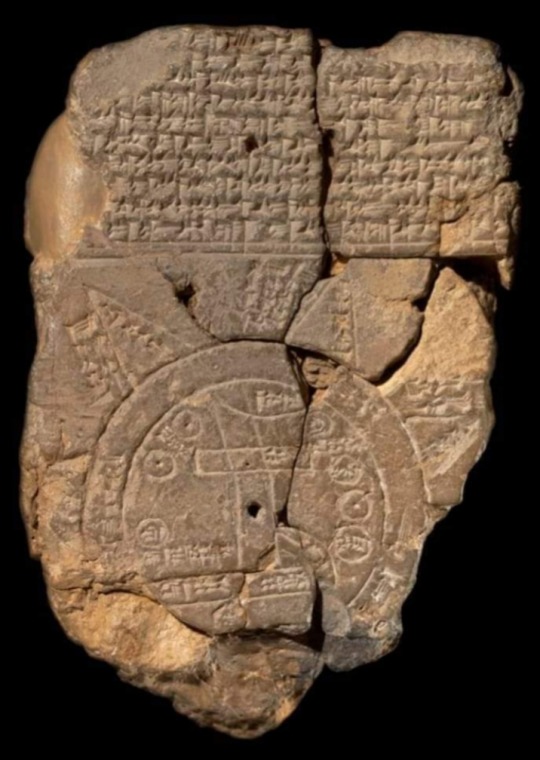
Babylonian Map of the World (6th century BC), also known as Imago Mundi, is oldest clay tablet map written in Akkadian.
The tablet describes the oldest known depiction of the known world.
It was discovered at Sippar, southern Iraq, 60 miles north of Babylon on east bank of Euphrates River.
This map not only serves as a historical record of the region's geography but also includes mythological elements, providing a comprehensive view of the ancient Babylonian worldview.
Today, the Babylonian Map of the World is housed in the British Museum, where it continues to be a valuable artifact for understanding the ancient past.
Details of the map:
1. “Mountain” (Akkadian:šá-du-ú)
2. “City” (Akkadian: uru)
3. Urartu (Armenia) (Akkadian: ú-ra-áš-tu)
4. Assyria (Akkadian: kuraš+šurki)
5. Der (Akkadian: dēr)
6. Swamp (Akkadian: ap–pa–ru)
7. Elam (Akkadian: šuša)
8. Canal (Akkadian: bit-qu)
9. Bit Yakin (Akkadian:bῑt-ia-᾿-ki-nu)
10. “City” (Akkadian: uru)
11. Habban (Akkadian: ha-ab-ban)
12. Babylon (Akkadian: tin.tirki), divided by Euphrates
13. Ocean (salt water, Akkadian:idmar-ra-tum)
#Babylonian Map of the World#Imago Mundi#clay tablet map#clay tablet#Akkadian#Sippar#Iraq#British Museum#history#mythology#map#Archaeo Histories#Ancient Babylon#Babylonia#geography#artifact
520 notes
·
View notes
Text
“You shit bucket of a farter!” (SAA 3 30)
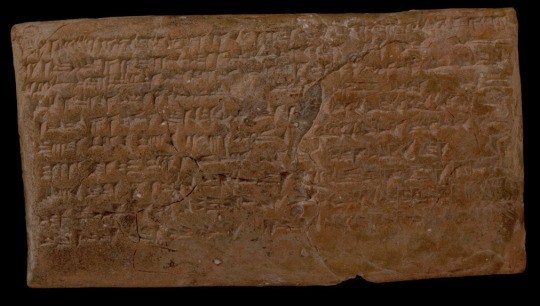
This ancient Neo-Assyrian "diss track," framed as a magical incantation, offers a series of slurs (some misogynistic and homophobic) against a Mr. Bel-eţir. It seems to conclude with an aggressive invitation: “fight me!”
There are multiple Bel-eṭirs in the historical record, but this is probably the same son of Ibâ who had a satire of a birth-legend written about him.
Although the tablet is well-preserved, many of the phrases are obscure; I have used italics to indicate where I am less certain of my translation.
...
Incantation:
Mr. Bel-eṭir, you twofold prison fucktoy, twofold soggy, twofold staring, son of Ibâ, absent epoch, shit bucket of a farter, second-rate clan, slave of a dead god, house whose star has vanished from the sky, maidservant, woman, slave of Lady Balihitu, beard among fucked-out women, "Mr. Baby-boy," much-maligned man.
Mr. Ammanappu provided your whitewash, saying: "First of all, his house is in shadow, starting at the top." He swore by the Lord, "I will not let go until I have fucked him!"
Let go of what Mr. Ammanappu has! Don't chase after what Mr. Tamru has! Stay away from Mr. Ammanipite! Keep your crotch away from Mr. Haimbi!
Now I have spoken to you. On account of this, rise up against me!
4K notes
·
View notes
Text
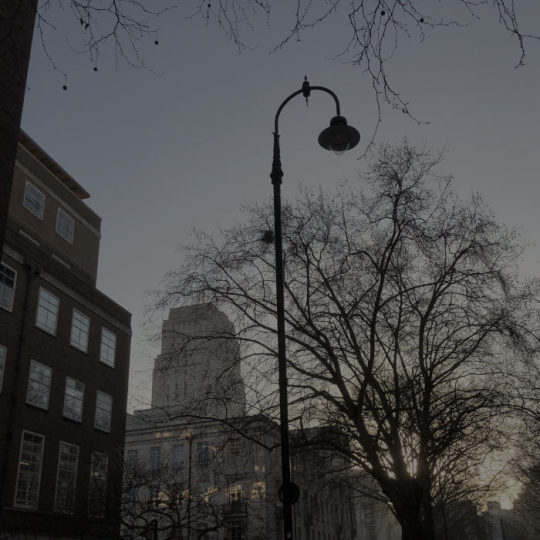

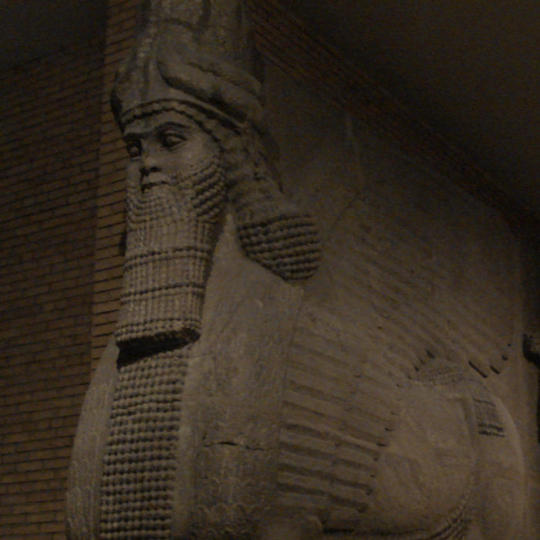
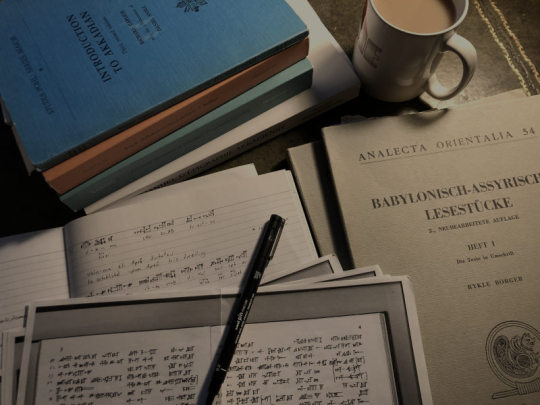
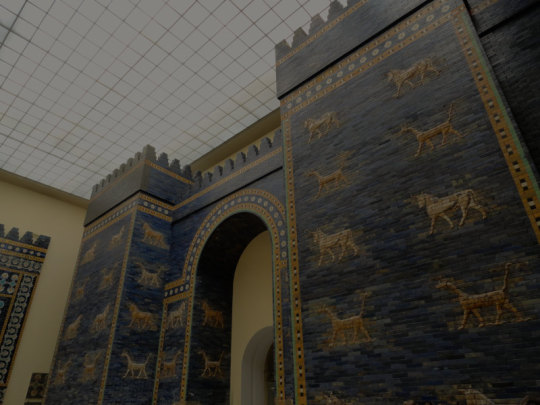



𒀜𒋫𒋫𒀜𒁕𒇷𒅁𒈪𒈾𒀀𒋫𒀠𒄣
𒀸𒁕𒆷𒉿𒌅𒌦𒈾𒄩𒊏𒌋𒌋𒅗
Epic of Gilgameš X.297-8
("you kept toiling ceaselessly without sleep. what did you get? / you are exhausting yourself with ceaseless toil")
#dark academia post from an alternate reality where donna tartt studied ancient mesopotamia instead of classics#what if the dark academia ur-text was actually about Ur?#ninhurtag#dark academia#dark acadamia aesthetic#chaotic academia#grey academia#dark aesthetic#akkadian#sumerian#mesopotamia#gilgamesh#studyblr#moodboard#ἐποίησα
111 notes
·
View notes
Text
Shoutout to the guy writing the sumerian king list, who says of the period just after the fall of the Akkadian empire "Who is King? Who is not King?"
Historians and archaeologists for all eternity feel your pain
#ancient history#memes#tagamemnon#ancient history memes#mesopotamia#ancient sumeria#akkadian#bronze age
80 notes
·
View notes
Note
Silim!!
I was thinking about bees (don't we all), and was wondering if you may know/ have sources that may know about beekeeping in Sumer? I know hives have been recorded in Egypt, but wasn't sure what the words and practices were like for Mesopotamia
🐝
Silim! Turns out this answer took more research than I expected, since bees weren't prominent in Mesopotamia as they are today.
Wild bee honey has been harvested across the greater Near East and North Africa for many millennia, dating back at least to the last ice age. Bees were first domesticated and kept in manmade hives around the third millennium BCE in Egypt. They were used for pollination of crops as well as honey production, and honey was both a significant economic product in Egypt (people sometimes paid their taxes in honey!) and a major export from there.
However, beekeeping didn't arrive in Mesopotamia until after the Sumerian period. The earliest references to beekeeping in cuneiform literature come from after 1000 BCE, long after Sumerian was no longer the major spoken language of the region, and bees appear rarely or never in pre-1000 BCE Mesopotamian art.
There are a number of references to honey in Mesopotamian literature; usually it is used as a metaphor for opulence, rarity or sensual pleasure. For example, multiple balbale to Inanna make reference to honey: In Shu-Suen B, it says lale dangega / e kinua lal hab duggaba "let me bring you honey / in the bedchamber dripping sweetly with thick honey" while the Song of the Lettuce has a whole long section about the lu lale "honey-man" shuni lale merini lale "with honey hands, with honey feet". (This "honey-man" is intended to be alluring and praiseworthy, not sticky and gross.) But words like lal "honey" could also mean "date syrup" or other sugary foods, so it's not always clear if specifically bee honey is meant. (I've previously answered about the Sumerian words for "honey" and "beeswax" here.)
In contrast to honey, I can't find a single reference to bees themselves in the entirety of the ETCSL, nor in any of the dictionaries I have access to. They may have had a word for the bee, but given the lack of beekeeping or use of bees in text this word hasn't been passed down to us. The Sumerians' successor, the Akkadians, did have several words for bee, most notably ḫabūbītu, also source of bēt ḫabūbāti "beehive", and nūbtu "honeybee", source of pār nūbti "beeswax".
If anybody has more Mesopotamian bee references, please let me know!
59 notes
·
View notes
Text

Line drawing of an impression from the cylinder seal of Shar-Kali-Sharri, ruler of the Akkadian Empire ca. 2217-2193 BCE. On the right of the impression, the hero Gilgamesh wrestles with a lion. From The Seal Cylinders of Western Asia by William Hayes Ward, published in 1910.
#art#art history#ancient art#Ancient Near East#Mesopotamia#history#ancient history#Akkadian#Akkadian Empire#Shar-Kali-Sharri#cylinder seal#cuneiform#Gilgamesh
48 notes
·
View notes
Text

Diorite cylinder seal, Akkadian, circa 2300 BC
from The British Museum
99 notes
·
View notes
Text

#as found on twitter dot com#how do i even tag this.#loss.jpg#gilgamesh#enkidu#jokes about mesopotamia#akkadian
106 notes
·
View notes
Text

Founder of the world’s first empire, Sargon of Akkad upheld order and justice. Photograph by Dea Picture Library, De Agostini/Getty.
Learn more / Daha fazlası
Sargon https://www.archaeologs.com/w/sargon/
#archaeologs#archaeology#archaeological#dictionary#history#mesopotamia#akkadian#akkadian empire#sargon#agade#syria#anatolia#elam#emperor#arkeoloji#tarih#sanat#anadolu#mezopotamya#suriye#akkad imparatorluğu
184 notes
·
View notes
Photo

Gilgamesh and Enkidu fight the Bull of heaven (2021)
#gilgamesh#enkidu#bull of heaven#marysmirages#sumerian#sumerian mythology#akkadian#epic of gilgamesh#art#painting#drawing#illustration#bronze age
804 notes
·
View notes
Video
Writing Cuneiform. A skilled scribe could make imprints into clay extremely fast, almost machine-like, and with clay being an easily accessible material with no need for ink, Cuneiform was a practical writing method for over 3000 years.
771 notes
·
View notes
Text
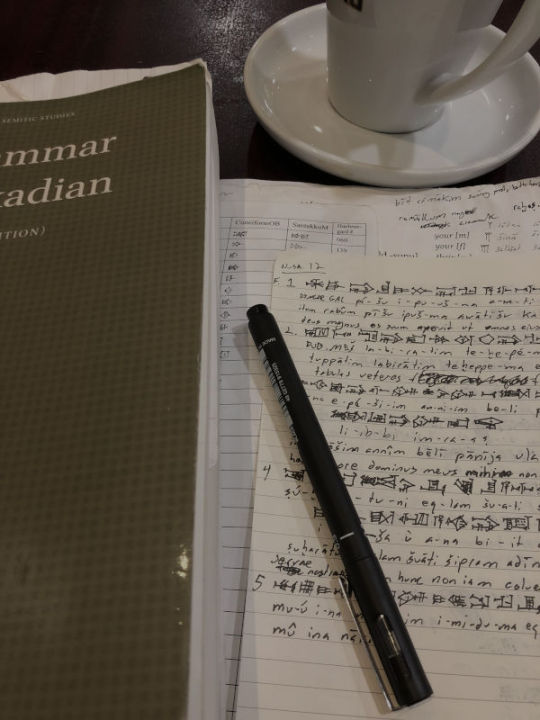



Before class the other day : studies near Russell square and bizarre clouds over London.
#no amount of filters will make that classroom look aesthetic#I should really bring Caplice with me if I'm going to take pictures#the blue cover looks so much better in photos#dark academia#dark acadamia aesthetic#grey academia#books#book photography#studyblr#study blog#akkadian#cuneiform#london#bloomsbury#russell square#coffee#coffee shop#ἐποίησα
37 notes
·
View notes